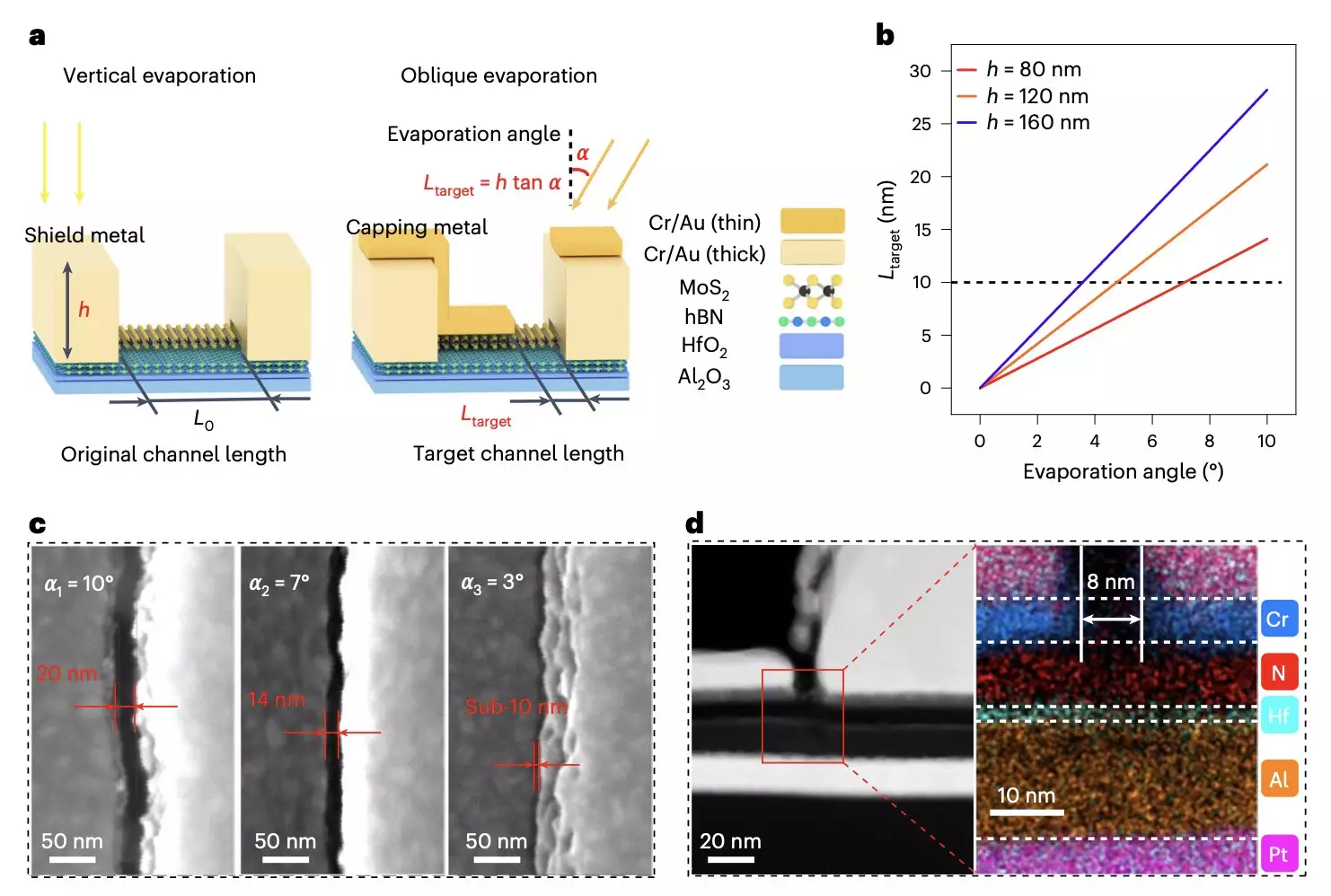In today’s digital landscape, the exponential growth of data generated by artificial intelligence (AI) applications has radically transformed the demand for memory technologies. The computational requirements to manage vast datasets necessitate robust and efficient storage solutions that surpass existing capabilities. High-bandwidth memory (HBM) technologies have emerged as potential game-changers, designed specifically to enhance the bandwidth of computer processors. These advancements enable faster data transfer rates while simultaneously reducing energy consumption, addressing critical inefficiencies inherent in traditional memory systems.
At present, flash memory reigns supreme as a non-volatile storage option, allowing data retention even when devices are switched off. However, flash memory technology faces notable limitations regarding performance speed and efficiency, particularly in relation to the fast-paced operations of AI. Recently, researchers and engineers have focused their efforts on developing ultrafast flash memories capable of meeting these increasing demands, a pursuit that holds the potential to redefine data storage paradigms.
The investigation into two-dimensional (2D) materials has sparked excitement within the scientific community, as these materials demonstrate unique properties that could facilitate the creation of next-generation memory devices. Early-stage models utilizing exfoliated 2D materials have shown promising results, exhibiting ultrafast processing speeds that significantly outpace traditional flash memory technologies. However, despite their potential, the challenge of scalable integration has hindered large-scale commercial adoption.
Researchers at Fudan University have embarked on groundbreaking work to tackle this integration challenge, gaining recognition for their innovative approach to scalable ultrafast 2D flash memory devices. Their work, which recently featured in *Nature Electronics*, achieved significant milestones by successfully integrating a remarkable 1,024 flash-memory devices with an outstanding yield exceeding 98%. Their findings illuminate the practical steps required to bring 2D materials into mainstream use as viable memory solutions.
The Fudan University research team, led by scholars Yongbo Jiang and Chunsen Liu, outlined their pioneering methodology grounded in a variety of advanced processing techniques. This multifaceted approach involved a series of processes including lithography, e-beam evaporation, thermal atomic layer deposition, and polystyrene-assisted transfer methods, all of which played a crucial role in the effective assembly of memory arrays.
Moreover, the researchers explored two distinct tunneling barrier configurations within the memory stack, utilizing both HfO2/Pt/HfO2 and Al2O3/Pt/Al2O3 structures. The incorporation of transferred chemical vapor deposition-grown monolayer molybdenum disulfide is particularly noteworthy, as it illustrates the adaptability and versatility of the 2D materials in memory applications.
A striking achievement from this research has been the successful scaling down of channel lengths in these ultrafast memory devices to sub-10 nm—an accomplishment that surpasses the limitations imposed by conventional silicon flash memory. The implications of this breakthrough are profound, as the researchers demonstrated that their ultrafast flash memory devices can store up to 4 bits of data while showcasing robust endurance, exceeding 105 cycles.
Initial assessments indicate that the innovative integration processes outlined by Jiang and his team hold considerable promise for the future of flash memory technology. As researchers continue to explore different 2D materials and potential variations in memory stack configurations, the doors are opening for the mass production of ultrafast flash memory devices that could transform computing capabilities.
The importance of this research extends beyond academic curiosity; it signals a pivotal moment for data storage solutions, poised to redefine the technological landscape. As AI applications continue to proliferate across various sectors, the need for efficient, high-speed data processing becomes paramount. If further studies harness the foundation laid by these researchers, we may witness an explosion in the commercialization and deployment of ultrafast flash memory, setting the stage for a data-driven future that is more efficient, powerful, and capable of meeting the relentless demands of modern computation.


Leave a Reply